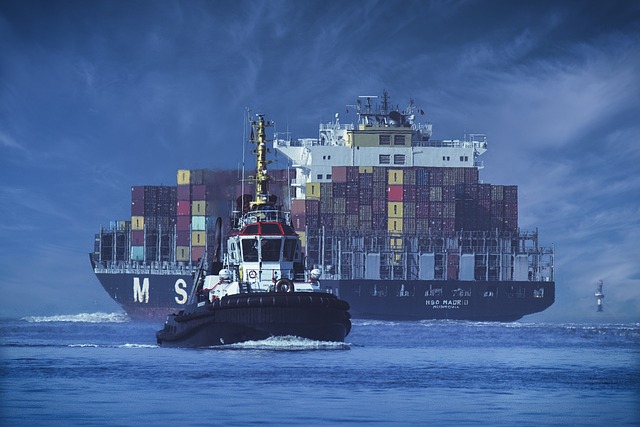When shipping a classic car across state lines, Car Shipping Documentation is vital for legal compliance and a smooth process. Essential documents include a Bill of Lading (BOL), Vehicle Registration, proof of insurance, and a valid driver's license. Accurate paperwork protects both owner and carrier by ensuring adherence to federal and state laws, transparency, and accountability throughout the journey; failure to provide complete documentation can result in delays or legal issues.
Shipping a classic car across state lines requires understanding specific legal requirements and gathering essential documents. This process ensures a smooth journey for your vintage vehicle, protecting it during transport. In this comprehensive guide, we’ll walk you through the essentials, from navigating legalities to best practices for secure transportation. Discover the key steps, including the critical role of proper documentation, to ensure your classic car arrives safely and legally at its destination.
- Understanding the Legal Requirements for Car Shipping Across State Lines
- What Documents Are Necessary for Shipping Classic Cars?
- Best Practices for Securely Transporting Your Vintage Vehicle
Understanding the Legal Requirements for Car Shipping Across State Lines

When shipping a classic car across state lines, understanding and adhering to legal requirements is paramount. Different states have distinct regulations regarding vehicle transport, including specific documentation needed for legal compliance. Essential papers include a Bill of Lading, which serves as a contract between the shipper and carrier, detailing the type, condition, and destination of the car. Additionally, a Vehicle Registration, proof of insurance, and a valid driver’s license are crucial documents to facilitate a smooth transit.
Car shipping documentation ensures that the process abides by federal and state laws. It protects both the owner and the carrier, providing transparency and accountability throughout the journey. Failure to present accurate and complete paperwork can lead to significant delays or even legal repercussions, so it is imperative to familiarize yourself with the specific requirements of the state you’re transporting the vehicle to.
What Documents Are Necessary for Shipping Classic Cars?

When shipping a classic car across state lines, proper documentation is essential to ensure a smooth and legal transaction. The first step is to gather all necessary Car Shipping Documentation, which can vary depending on your location and the company handling the transport. Typically, you’ll need a Bill of Lading (BOL), a detailed description of the vehicle, proof of insurance, and registration documents.
The Bill of Lading serves as a contract between the shipper and carrier, outlining the type, condition, and destination of the car. A precise vehicle description, including make, model, year, and any unique features, is crucial for accurate tracking and valuation. Up-to-date insurance papers confirm that the classic car is covered during transit, while registration documents verify ownership and ensure compliance with state regulations.
Best Practices for Securely Transporting Your Vintage Vehicle

When shipping a classic car across state lines, ensuring its safety and secure transport is paramount. The first step involves gathering all necessary Car Shipping Documentation, including proof of ownership, registration, and insurance papers. These documents not only safeguard your vehicle legally but also play a crucial role in verifying its authenticity and value during transit.
Additionally, properly securing the car within the shipping container is essential. This includes using specialized car carriers designed for classic vehicles, ensuring adequate padding, and fastening the car to prevent movement during transport. Inspecting the vehicle before loading and again upon delivery can also help identify any potential damage, allowing for swift resolution and protection of your vintage investment.
Shipping a classic car across state lines involves careful consideration of legal requirements and proper documentation. Ensuring the safe transport of your vintage vehicle is crucial, from gathering essential Car Shipping Documentation to adhering to best practices. By understanding these key aspects, you can navigate the process seamlessly, allowing your beloved classic car to reach its destination without a hitch.
